17 Mar 2020

In the 2 months since I left off writing so much has happened! The very best news came between 9/2 and 23/2 when we received a couple of hundred mils of rain, and it was state-wide! The rains fell and put out the bushfires and hearts everywhere, mine included, rejoiced.
From memory we got a day or two to just enjoy not having to water the garden with grey water saved from the shower and the laundry and then reports of a deadly virus was heard to be killing hundreds of people in Wuhan in China. Looking back on those initial reports I’m sure that my reaction was like most others of the world…..how dreadful for them.
Over the next week we saw people collapsing in the streets of China and the area affected spread from Wuhan to other parts of China. And then something happened that I will never in my lifetime forget. For me it was as pivotal as the vision of the Kangaroo with the broken leg from my January post, which still haunts me. I saw a body lying in the streets of Wuhan, the facemask still in place on the mans face, but he was lying in a pool of blood. The camera filming the scene panned upwards and showed a balcony. This poor soul had been so ill that he simply fell to his death.
News came that China was building 2 new 1000 bed hospitals to cope with the number of infected people. Silly me, I thought to myself “what good will that do”. I had watched for a couple of years as the new hospital here in Tamworth was built and it was only a couple of hundred beds. Within 2 weeks of around the clock work by thousands of workers those Chinese hospitals were up and running!
It was about this stage where we began to hear reports that China had held off informing the World Health Organisation of the outbreak of what was now called Coronavirus Covid 19, for a full month. Reports of cases started to pop up around the world, but we were lucky here in Australia. It was thought at the time that because Australia was in summer, the virus could not survive. I can honestly say that I never thought that it would even make our shores.
I felt confident that our government had responded well. There were 2 cruise ships that held hundreds of Aussie passengers which Qantas helped fly back home, and these people were put into 14 days of isolation in the Northern Territory. There was the odd case popping up in some states, but they were quarantined quickly, and we didn’t have hundreds of new cases every day like Italy and France. I felt safe. But it was about this time that all the rules by which we had lived our everyday lives began to change. The government remained steady and firm in tightening our boarders, but some Aussie’s just began to act in pitiful ways. Not everyone, but way too many.

It dawned on me that this was serious; the elderly who got this damned virus were dying in huge numbers across the globe. People began a shopping frenzy, hoarding and stockpiling huge quantities of toilet paper of all things. It was ridiculous. Then pasta, rice, flour and hand sanitiser began to disappear off shelves. Paper hand towel and tissues disappeared, and cleaning supply shelves were completely empty. People became nasty; arguing with each other in aisles, ramming each other with trollies to attempt to get the last of some item, and there has even been outbreaks of physical violence. What is wrong with people.
Last week, Terry and I started to add an extra 14 days’ worth of food stuffs to the pantry. Most of the time we have a well-stocked pantry anyway, just because we love to cook. Now it looks like I’m one of those doomsday preppers! I have not stocked up on toilet paper!!!!!!!!! but now I am beginning to regret that a little. Toilet paper is so very hard to find.
So….where does that leave us as of today? I have organized extra meds and shopping for mum and dad because at the ages of 88 and 95 years they need someone to give them a hand. Let’s face it, if they were told to self-isolate for 14 days, they wouldn’t cope very well with only 3-4 days’ worth of food in the cupboard. Coles has a “seniors” shopping hour tomorrow morning and I will take mum in to do the shop so we can be sure they are safe if they pick up some toilet paper, or that no one will knock them over to get the last of something. I have cooked and frozen Meatballs in Tomato Sauce, Cottage Pie, Mac & Cheese with Bacon Topping, Rissoles, Pumpkin Soup and Beef Steak Pies. They are ready to go if mum and dad get sick.
I will admit that the constant media coverage is difficult to cope with. I am finding that I become quite anxious at times and physically must take stock and slow my thoughts down. I am doing all I can to keep myself and Terry healthy. We are eating well, taking a vitamin C every day, using our preventer puffers for asthma and following good hand hygiene. What more can you do really? Terry is quite sure that the media is beefing up the problem and making it worse. Maybe he is right.
I don’t think I’m panicking. I just get a bit anxious now and again. What happens if they close the schools – how will Lucas and Alisha, Brett & Court cope. What will happen if I lose half my super. What if we are told to self-isolate and I cannot work? What will happen to our planned trip to Vanuatu in July – think of the money we will lose there. The what-if’s go on and on.
Already, the country has a ban on international flights and cruise ships. We are being told to prepare, as things are going to get worse. The government has announced a stimulus package to try and help the elderly and small business and are working on a second round of stimulus packages and reduced interest rates to boost the failing economy.
If my descendants are reading this in 100 years’ time, know this, it’s scary.
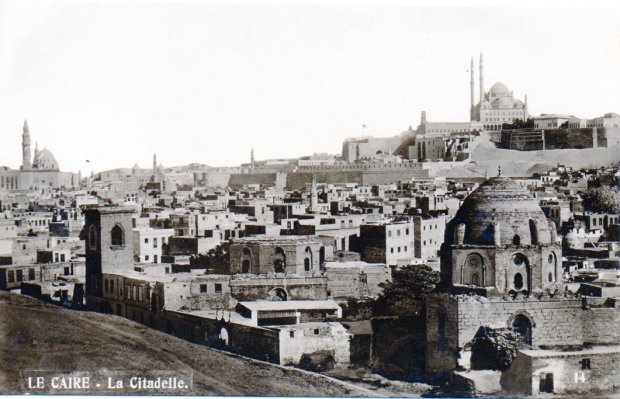
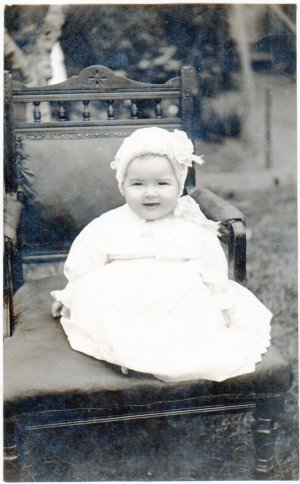
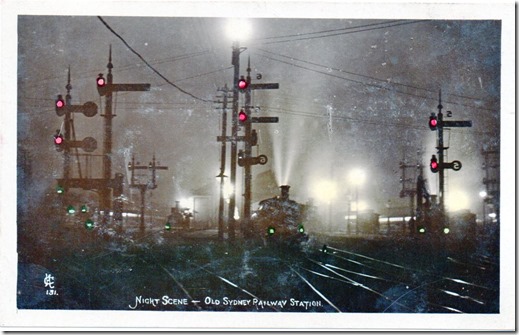


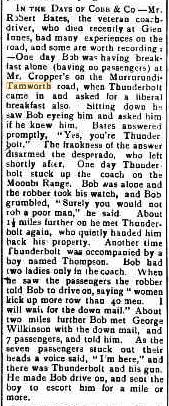


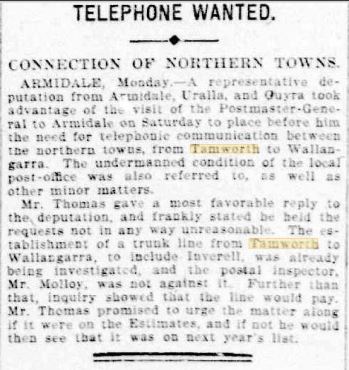
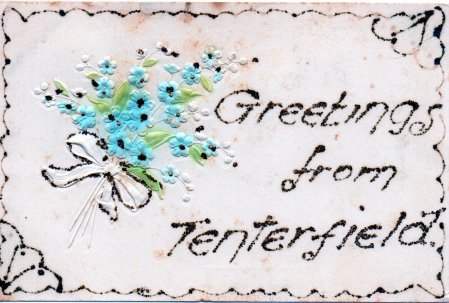
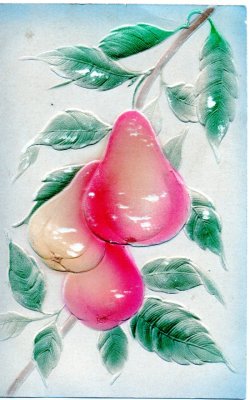
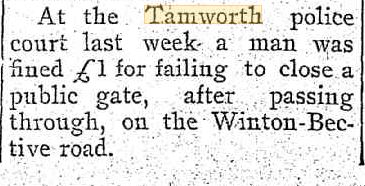
You must be logged in to post a comment.